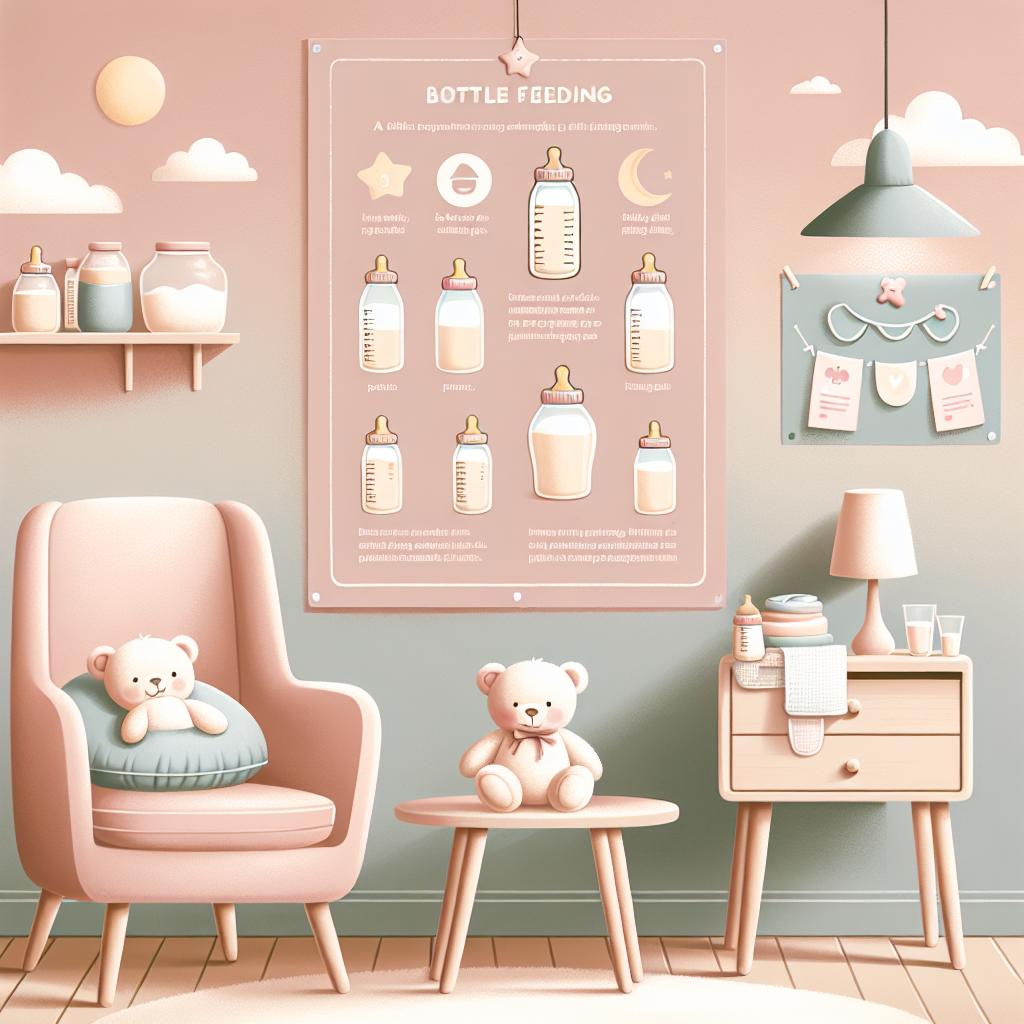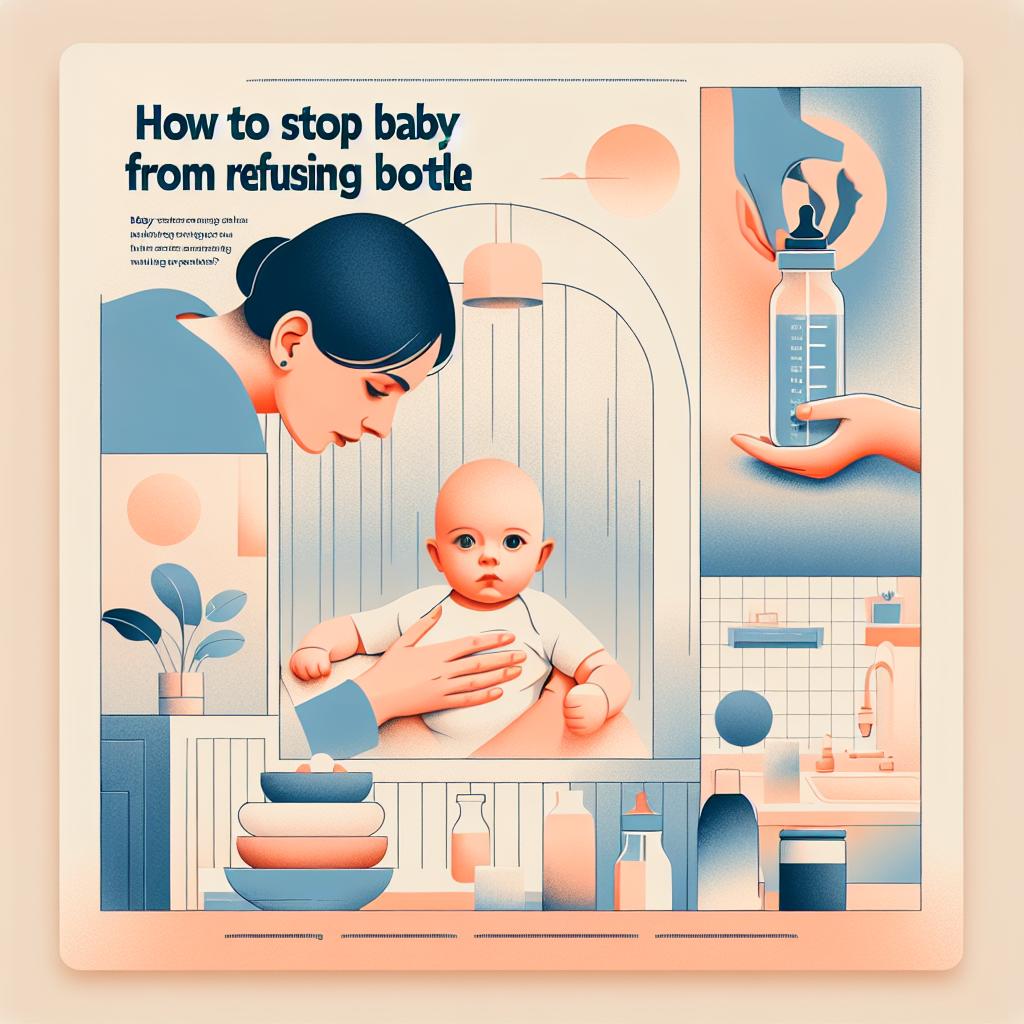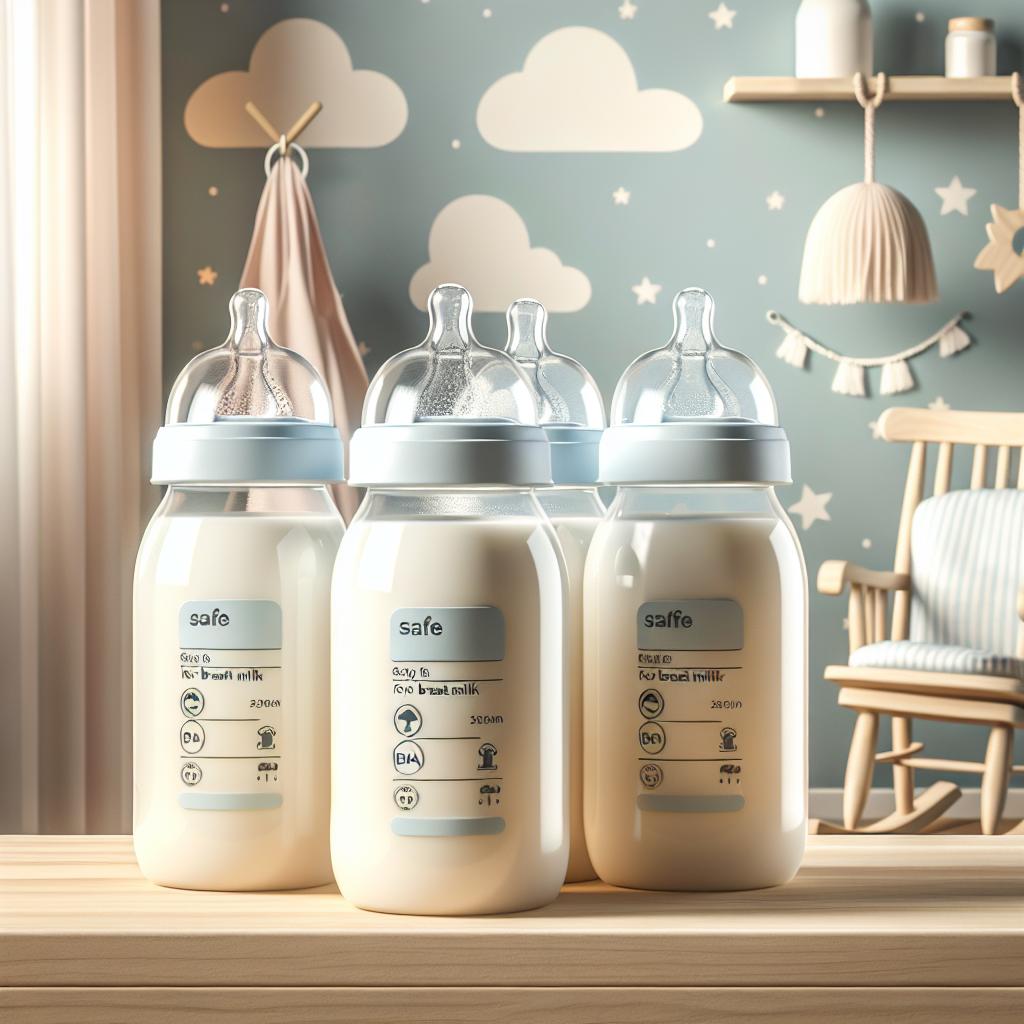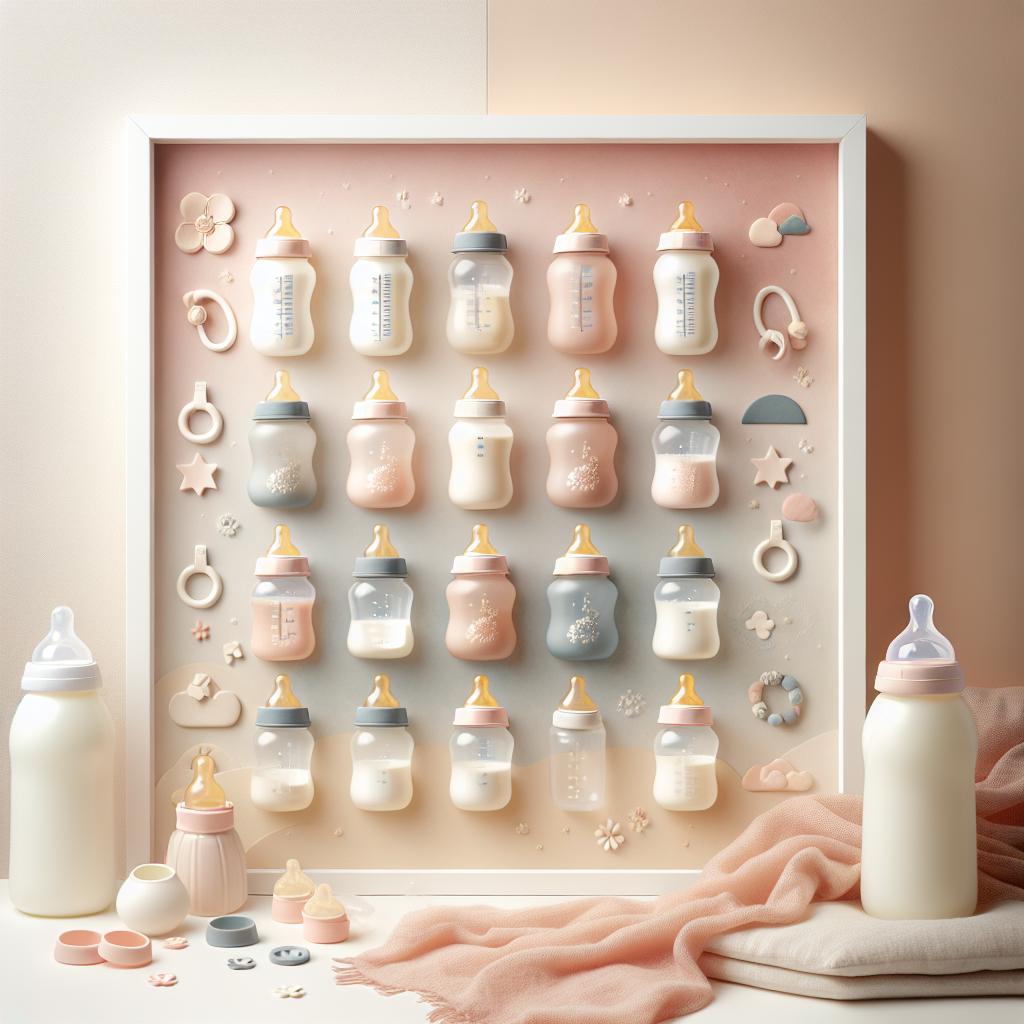A Soothing Guide to Bottle Feeding Your Baby
Understanding the Basics of Bottle Feeding
Feeding a newborn is an inevitable part of parenthood. While breastfeeding is highly encouraged, bottle feeding could be needed at certain times. Whether you’re a new mom struggling with breastfeeding, a dad wanting to share feeding duties, or a parent trying to transition from breast to bottle, this guide to bottle feeding will help you navigate this crucial process.
Choosing the Right Baby Bottle
The first step in your bottle feeding journey is choosing the right bottle for your baby. Select a bottle that closely mimics the natural breastfeeding experience. Consider features such as the bottle’s nipple shape, flow speed, and material.
Our ultimate bottle feeding hack involves choosing a biomimetic bottle that mirrors natural breastfeeding. This helps ensure your baby feeds comfortably, limiting fussiness and gas.
How to Bottle Feed Your Baby
Once you’ve chosen the right bottle, it’s time to focus on how to feed your baby. Here are some tips to guide you:
- Always clean and sterilize your baby’s bottles before each use.
- Ensure the milk is at the right temperature. It should be warm, not hot.
- Hold your baby in a semi-upright position during feeding.
- Never force your baby to finish the whole bottle. Follow your baby’s cues.
- After feeding, burp your baby to help prevent gas and discomfort.
Remember, every baby is unique. What works for one may not work for another. The key is to remain patient and flexible. For more comprehensive advice, check out these beneficial tips for bottle-feeding your baby.
Dealing with Feeding Challenges
Despite your best attempts, you may still face feeding challenges. These could range from refusing the bottle to feeding too quickly or slowly. If your baby keeps rejecting the bottle, it might be time to try a different one or adjust the feeding routine. If your baby seems to be feeding too quickly, you may need a bottle with a slower flow nipple or to ensure you are pacing the feedings well.
One handy piece of advice is to remain calm and patient. Over time, you and your baby will find a rhythm that works best. It’s always recommended to consult with a healthcare professional if you encounter any persistent feeding problems. For further help, visit the Healthy Children page on calming a fussy baby.
Transitioning from Bottle to Cup
As your baby grows older, you’ll need to start thinking about transitioning from a bottle to a cup. This is a significant step for your little one and can sometimes be challenging. But with the right approach and patience, it’s doable.
The guide for discontinuing the bottle can help you with this important transition. Remember to understand your baby’s readiness signs, introduce the cup gradually, and be consistent with your approach.
Making Bottle Feeding a Calm and Bonding Experience
Bottle feeding is more than just nourishing your baby. It can be a relaxing and bonding experience for both of you. Hold your baby close, make eye contact, and engage in soft conversation or singing. This can help create a soothing environment, encouraging your baby to feed more comfortably.
Our insider tips for a fuss-free bottle-feeding experience offer more valuable insights to make this vital task more enjoyable and rewarding.
Selecting a Suitable Formula for Your Baby
The right baby formula has a significant impact on your baby’s health and development. Different baby formulas are designed to meet different nutritional needs and concerns. Start by consulting with a healthcare professional or pediatrician, who can provide personalized advice.
The Mayo Clinic’s guide on selecting baby formula provides a detailed overview on how to choose. Additionally, you can do personal research or seek recommendations from other mothers.
Preparing and Storing Baby Formula
Correct preparation and storage of baby formula is crucial. Incorrectly prepared formula can harm your baby’s health. Follow the manufacturer’s instructions strictly for the appropriate water to powder ratio. It’s also critical to keep your baby’s formula safe and fresh through proper storage.
If you need help with formula preparation, consult the guide to starting formula feeding on Kids Health. It provides a meticulous guide on how best to prepare and serve formula safely.
Responsive Bottle Feeding
Responsive feeding means recognizing and responding to your baby’s feeding cues. It involves feeding your baby when they’re hungry and stopping when they’re full, promoting a healthy relationship with food.
More details on responsive feeding can be found in the Infant formula and responsive bottle feeding guide by Unicef. A solid understanding of responsive feeding can help your baby avoid overfeeding and ensure proper growth.
Hygiene Practices and Bottle Feeding
Strict hygiene practices are vital when it comes to bottle feeding. It’s crucial to clean and sterilize all feeding equipment to reduce chances of bacteria causing infections. Using boiling water, steam sterilizers, or sterilizing solutions are some of the effective methods to sterilize feeding equipment.
- Clean all equipment as soon as possible after feeds.
- Prefer bottles that are dishwasher safe to ensure thorough cleaning.
- Store sterilized bottles in a clean and sealed container if not used immediately.
- Change teats and bottles every few months or at any signs of damage.
- Keep a dedicated bottle brush for cleaning to prevent cross-contamination.
Good hygiene practices are as fundamental to bottle feeding as proper feeding techniques. Both contribute to providing a safe and comfortable feeding experience for your baby.
Combining Bottle and Breastfeeding
If you’re planning to combine bottle and breastfeeding, named mixed or combination feeding, you’re not alone. Many parents find this flexible feeding method extremely helpful, especially when they can’t be with their baby around the clock. A few tips are:
- Avoid introducing a bottle too soon to prevent nipple confusion.
- Start with a small formula amount when beginning to ensure your baby’s acceptance.
- Consider expressing breastmilk and using it in the bottle to familiarize your baby with the bottle.
You can find comprehensive tips on how to give your baby a bottle while breastfeeding at raisingchildren.net.au






